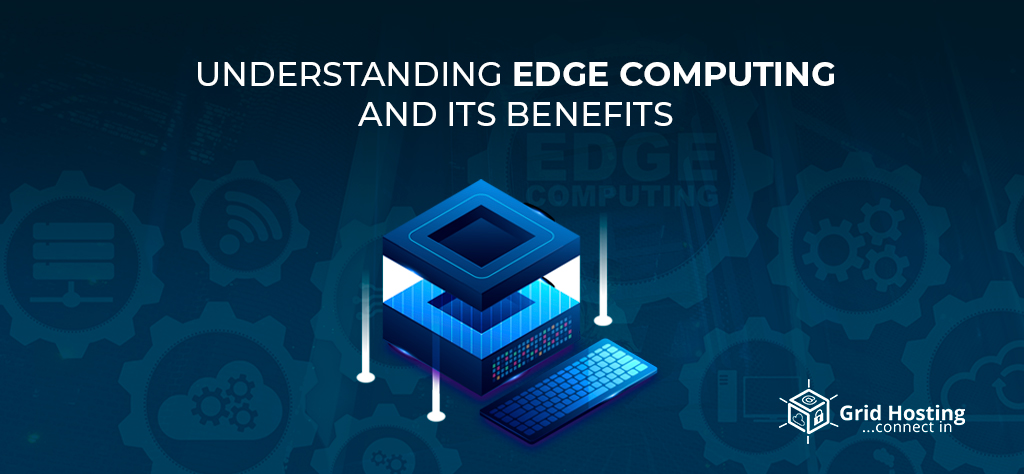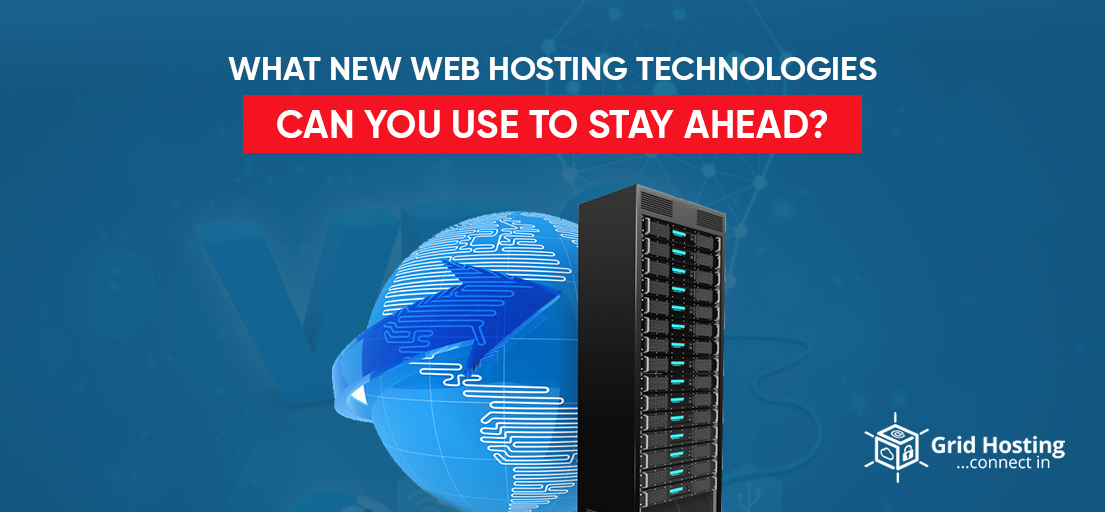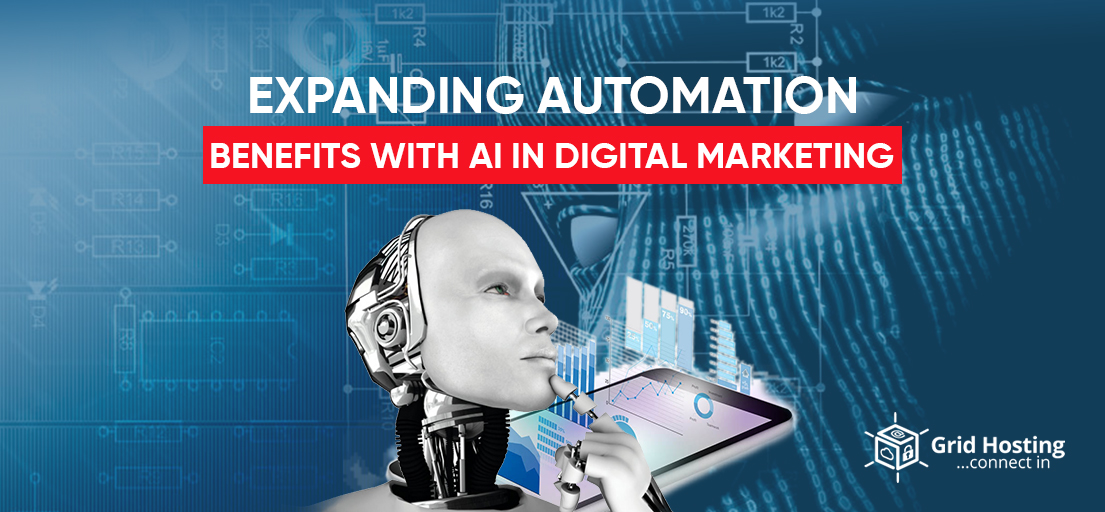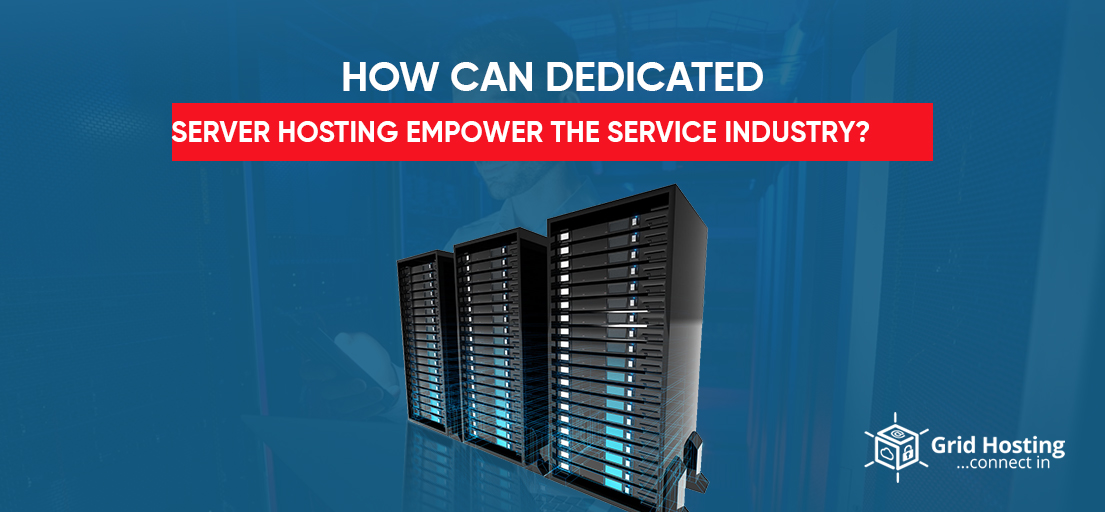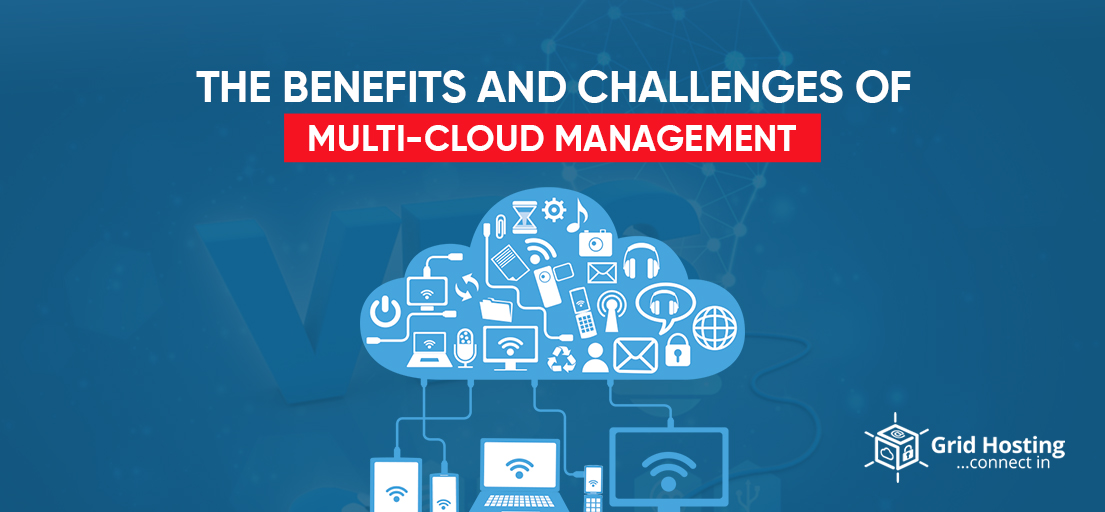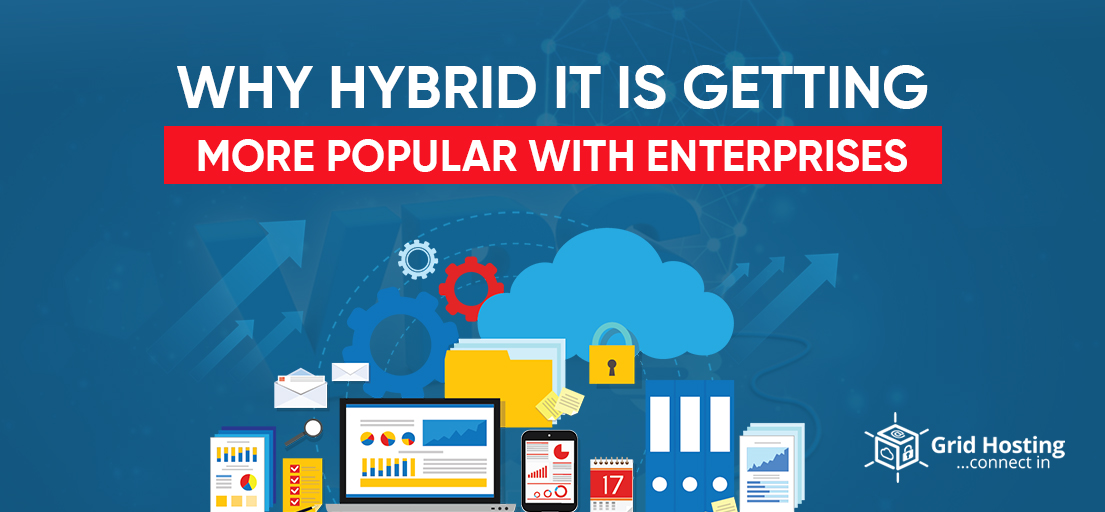Edge computing is quickly becoming the new trend in the technology industry and for a good reason. This cutting-edge technology offers several advantages that have the potential to change the way we live and work. Edge computing is poised to change the digital landscape from faster data processing and lower latency to enhanced privacy and security.
What is edge computing?
Edge computing is a computing model in which key processing tasks are carried out within the framework or environment that generates the data. It is a framework that enables data to be generated, stored, and processed locally rather than in a data center or central data computing environment. Under this computing framework, there is no need for data collected from endpoints to be routed back to centralized data services for processing and analysis. Data is processed in the same environment where it was created.
How does edge computing work
Edge computing is a distributed computing paradigm that moves computation and data storage closer to the point of use to reduce the latency and bandwidth required for data transmission to a central location.
Edge computing works by deploying small-scale data centers or computing resources at the network’s edge, closer to the data-generating devices such as smartphones, sensors, cameras, and Internet of Things devices. This enables data to be processed and analyzed in real-time at the edge rather than being routed to a centralized data center.
The device layer, the edge layer, and the cloud layer comprise the edge computing architecture. All IoT devices, sensors, and other endpoints that generate data are included in the device layer. The edge layer consists of edge servers and other computing resources deployed at the network’s edge. In contrast, the cloud layer consists of centralized data centers that provide storage, analytics, and machine learning services.
Edge computing has many applications, including self-driving cars, smart cities, industrial automation, and healthcare. Edge computing enables faster, more efficient, and more reliable data processing and analysis by bringing computation and data storage closer to the edge.
Edge Computing combined with other technologies
Edge computing is a distributed computing paradigm that moves computation and data storage closer to the network’s edge, where data is generated and consumed. It reduces latency, increases network efficiency, and allows real-time data processing and analysis. Edge computing can be combined with other technologies to improve its capabilities and address various use cases. Here are some examples of combining edge computing and other technologies.
IoT
The Internet of Things (IoT) ecosystem relies heavily on edge computing. Edge computing can help process massive amounts of data generated by IoT devices close to the source, reducing latency and improving response time. Edge computing can also aid in filtering irrelevant data, reducing the amount of data that must be sent to the cloud or data center.
5G
Edge computing and 5G work well together. Edge computing can help 5G networks reduce latency and improve performance by providing high-speed connectivity. Edge computing could also enable new 5G use cases like smart cities, self-driving cars, and virtual reality applications.
Cloud computing
Edge computing can be used with cloud computing to improve overall system performance. Edge computing can help reduce the amount of data sent to the cloud, lowering bandwidth requirements and improving response time. It can also provide a more robust and reliable system because edge nodes can operate even when the cloud is unavailable.
Artificial Intelligence (AI)
Edge computing can bring AI to the network’s edge, allowing for real-time data processing and analysis. AI algorithms can be deployed on edge devices to analyze data locally and make real-time decisions. This has applications in autonomous vehicles, industrial automation, and healthcare.
Blockchain
Edge computing, in conjunction with blockchain, can be used to improve the efficiency and security of distributed applications. Edge nodes can act as blockchain transaction validators, reducing the workload on the central blockchain network. This can help improve the scalability of blockchain networks and lower transaction costs.
Edge Computing and its Benefits
Edge computing is a new technology that moves computation and data storage closer to the devices and sensors that produce them. In this distributed computing paradigm, data is processed and analyzed locally, near the data source, rather than being transmitted to a centralized data center for processing. This approach has several advantages: lower latency, increased reliability, lower bandwidth requirements, improved security, and increased scalability.
You May Also Like to Read: Do you need VPS hosting for your business?
Reduced Latency
Reduced latency is one of the significant benefits of edge computing. Edge computing can reduce the time it takes for data to travel to a central server and back by processing it closer to the source, resulting in faster response times. This is especially important in real-time data processing applications such as self-driving cars, industrial automation, and video streaming.
Improved Reliability
Edge computing can also increase reliability by decreasing reliance on a single point of failure, such as a centralized data center. In traditional cloud computing architectures, if a data center experiences an outage or goes offline, it affects all the devices that rely on it. Data processing and analysis can be distributed across multiple devices and locations with edge computing, reducing the impact of any single failure.
Reduced Bandwidth Requirements
Edge computing can reduce the data transmitted over a network by processing it locally, resulting in lower bandwidth requirements and costs. This is especially important in applications with scarce or prohibitively expensive bandwidth, such as remote locations or mobile networks.
Enhanced Security
Edge computing can improve security by allowing data to be processed and analyzed locally rather than sending it over a network where it may be intercepted or attacked. This is especially important for applications that deal with sensitive data, like medical records, financial transactions, and industrial control systems.
Increased Scalability
Edge computing allows organizations to scale their computing resources quickly by adding more edge devices as needed rather than relying on a centralized data center. This is especially important for applications that require rapid scalings, such as unexpected increases in demand or traffic spikes.
Concluding thoughts
Edge computing is a cutting-edge technology that benefits modern businesses, including increased performance, real-time analysis, improved data security, and cost-effectiveness. By bringing processing and analytics closer to the source, edge computing provides an efficient, long-term solution to the challenges posed by the IoT’s growth and accompanying data increase.
Do you want to know how to incorporate edge computing into your IoT device or system design? Our experienced Applications Engineers are experts who can assist developers with edge implementation. Throughout the design process, consultation is provided at no cost. For more information, please contact Grid Hosting today!
For Special discounts and offers, visit our official Facebook Page.

